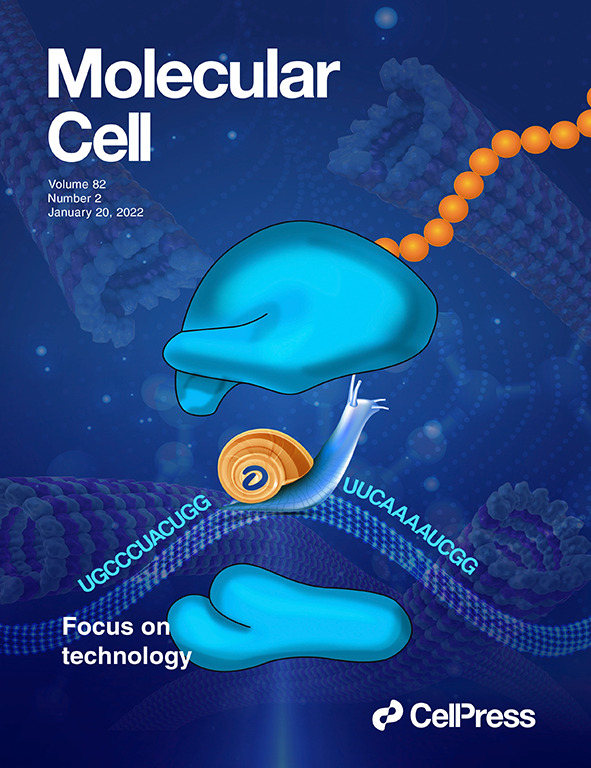Roles of extracellular vesicles from mesenchymal stem cells in regeneration
IF 3.7
3区 生物学
Q2 BIOCHEMISTRY & MOLECULAR BIOLOGY
引用次数: 0
Abstract
Mesenchymal stem cells (MSCs) are highly valued in regenerative medicine due to their ability to self-renew and differentiate into various cell types. Their therapeutic benefits are primarily due to their paracrine effects, in particular through extracellular vesicles (EVs), which are related to intercellular communication. Recent advances in EV production and extraction technologies highlight the potential of MSC-derived EVs (MSC-EVs) in tissue engineering and regenerative medicine. MSC-EVs offer several advantages over traditional cell therapies, including reduced toxicity and immunogenicity compared with whole MSCs. EVs carrying functional molecules such as growth factors, cytokines, and miRNAs play beneficial roles in tissue repair, fibrosis treatment, and scar prevention by promoting angiogenesis, skin cell migration, proliferation, extracellular matrix remodeling, and reducing inflammation. Despite the potential of MSC-EVs, there are several limitations to their use, including variability in quality, the need for standardized methods, low yield, and concerns about the composition of EVs and the potential risks. Overall, MSC-EVs are a promising alternative to cell-based therapies, and ongoing studies aim to understand their actions and optimize their use for better clinical outcomes in wound healing and skin regeneration.
间充质干细胞细胞外囊泡在再生中的作用。
间充质干细胞(MSCs)具有自我更新和分化成各种细胞类型的能力,因此在再生医学中备受重视。间充质干细胞的治疗效果主要归功于它们的旁分泌效应,特别是通过与细胞间通讯有关的细胞外囊泡 (EV)。EV生产和提取技术的最新进展凸显了间充质干细胞衍生EV(MSC-EVs)在组织工程和再生医学中的潜力。与传统细胞疗法相比,间充质干细胞衍生的EVs具有多种优势,包括与完整的间充质干细胞相比毒性和免疫原性更低。携带生长因子、细胞因子和 miRNA 等功能性分子的间充质干细胞-EVs 可促进血管生成、皮肤细胞迁移、增殖、细胞外基质重塑和减轻炎症反应,从而在组织修复、纤维化治疗和疤痕预防方面发挥有益作用。尽管间充质干细胞-EVs 潜力巨大,但其使用也存在一些局限性,包括质量不稳定、需要标准化方法、产量低以及对 EVs 成分和潜在风险的担忧。总体而言,间充质干细胞-EV 是一种很有前景的细胞疗法替代品,目前正在进行的研究旨在了解其作用并优化其使用,以便在伤口愈合和皮肤再生方面取得更好的临床效果。
本文章由计算机程序翻译,如有差异,请以英文原文为准。
求助全文
约1分钟内获得全文
求助全文
来源期刊

Molecules and Cells
生物-生化与分子生物学
CiteScore
6.60
自引率
10.50%
发文量
83
审稿时长
2.3 months
期刊介绍:
Molecules and Cells is an international on-line open-access journal devoted to the advancement and dissemination of fundamental knowledge in molecular and cellular biology. It was launched in 1990 and ISO abbreviation is "Mol. Cells". Reports on a broad range of topics of general interest to molecular and cell biologists are published. It is published on the last day of each month by the Korean Society for Molecular and Cellular Biology.
 求助内容:
求助内容: 应助结果提醒方式:
应助结果提醒方式:


